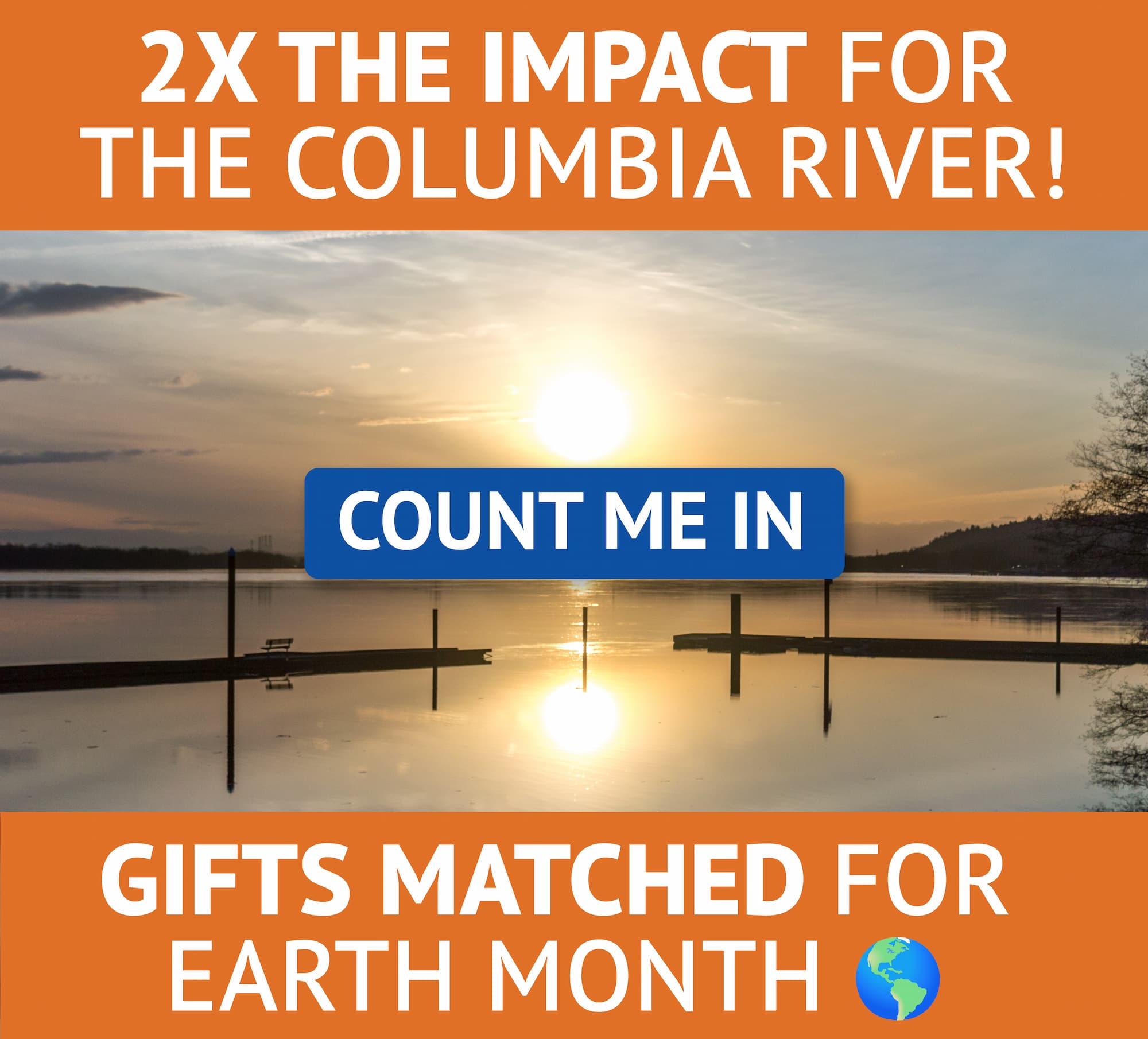The 2010 Lower Columbia Terrain Model is a combined bathymetric/topographic seamless digital surface model created by the Portland District of the US Army Corps of Engineers. The project was completed primarily to support hydraulic modeling related to the Columbia River Treaty, however its applications extend far beyond this. The model incorporates the most recent elevation data which has been collected for the lower Columbia River and its floodplain, including the following sources:
- NOAA multibeam bathymetric surveys, 2008-2009
- US Army Corps of Engineers crossline and channel bathymetric surveys, 2000 - 2009
- Estuary Partnership shallow water bathymetric surveys, 2009 - 2010
- US Army Corps of Engineers topographic LiDAR surveys, 2009 - 2010
Historical bathymetric data was used in areas where more current information was not collected, however these areas are have been greatly reduced compared to previous data models.
The Estuary Partnership's bathymetric data component was collected as part of the Columbia River Estuary Ecosystem Classification System, using funds provided by the Bonneville Power Administration. This effort targeted shallow water areas within the mainstem as well as selected tributaries and floodplain channels. These areas represented significant data gaps, either not having been surveyed in several decades, or not at all. In total, approximately 20,000 acres were surveyed between 2009 and 2010.
The model was created using the ESRI ArcGIS Terrain format. This geodatabase contains the full set of 3D liDAR points, a mosaic of best available bathymetric data points, and 1 meter resolution raster Digital Elevation Models (DEMs) derived from the points. All ground surface LiDAR point data was processed to remove false water returns, using a water boundary as determined by softcopy photogrammetry with stereograms generated from the first return LiDAR points.
The data set is divided into 6 separate river reaches. Data for individual reach are accessible for download through the Terrrain Model map page, at the link below:
